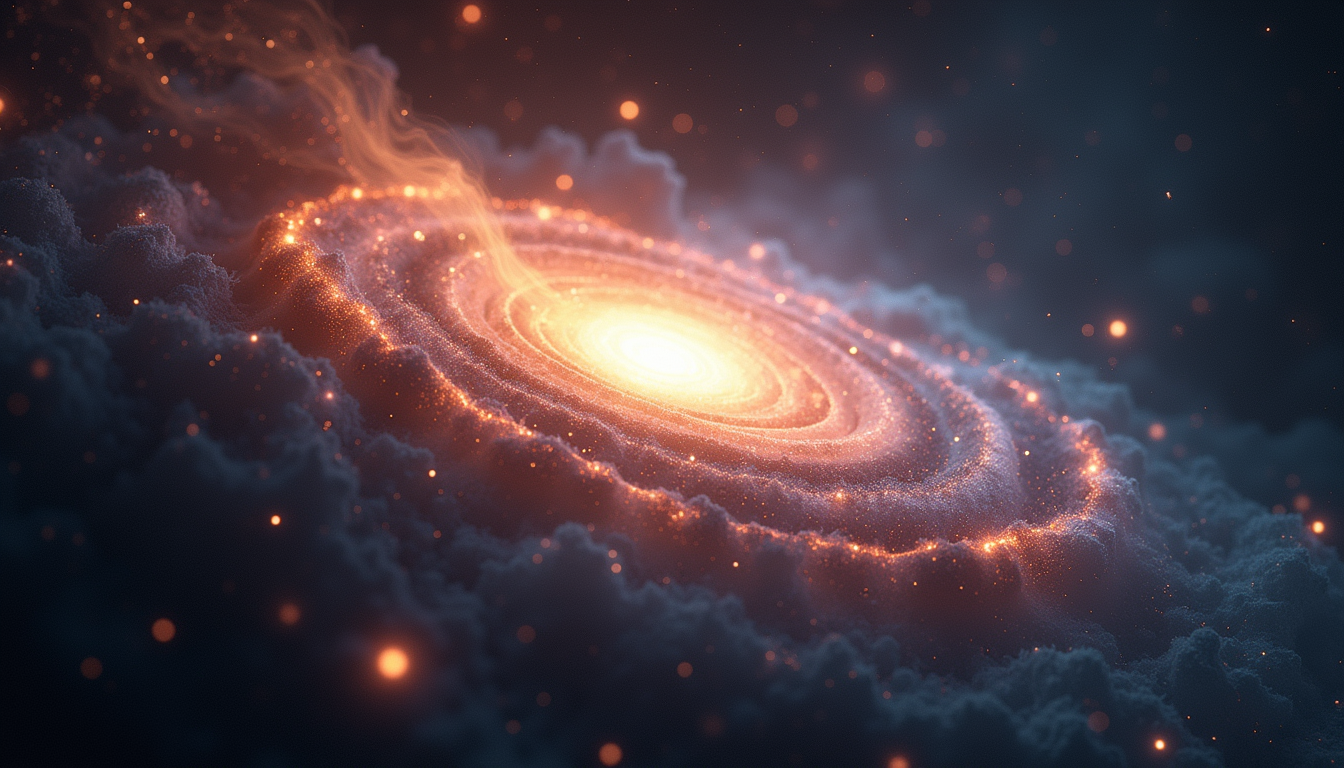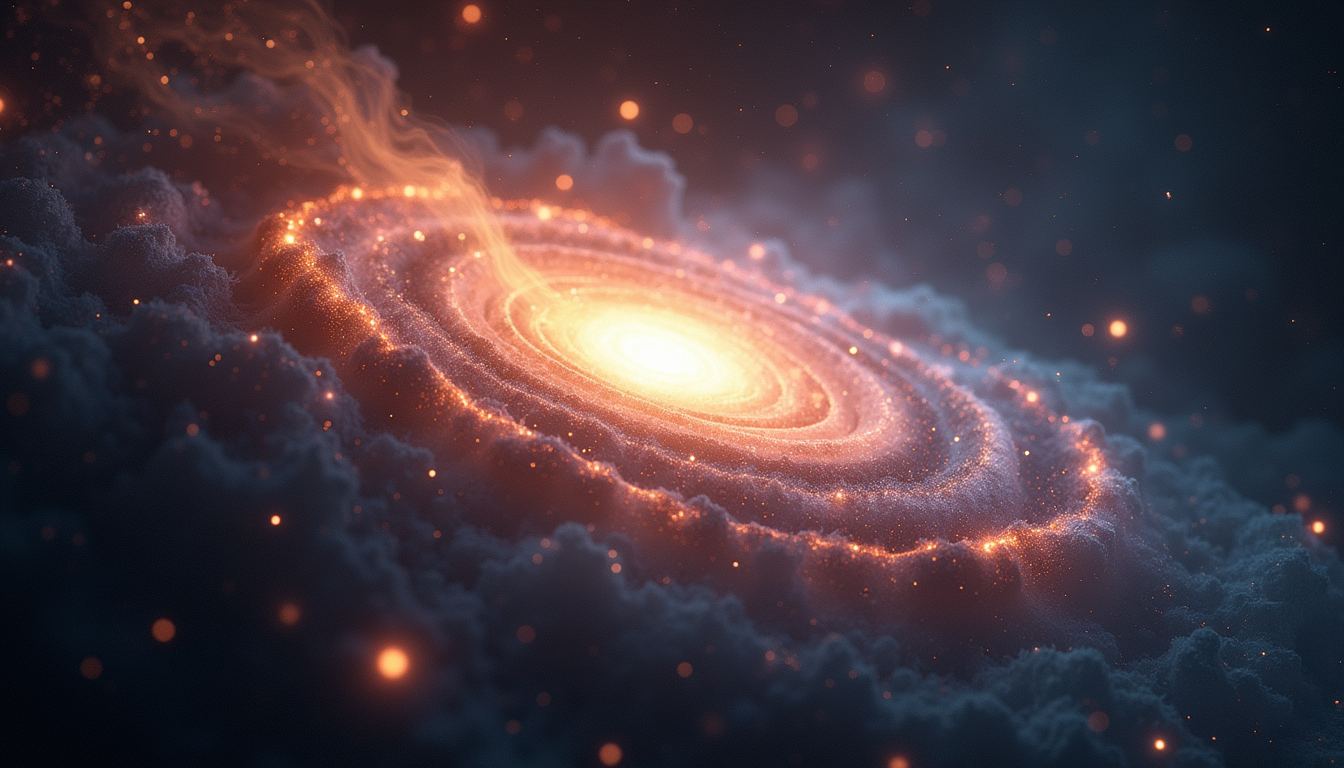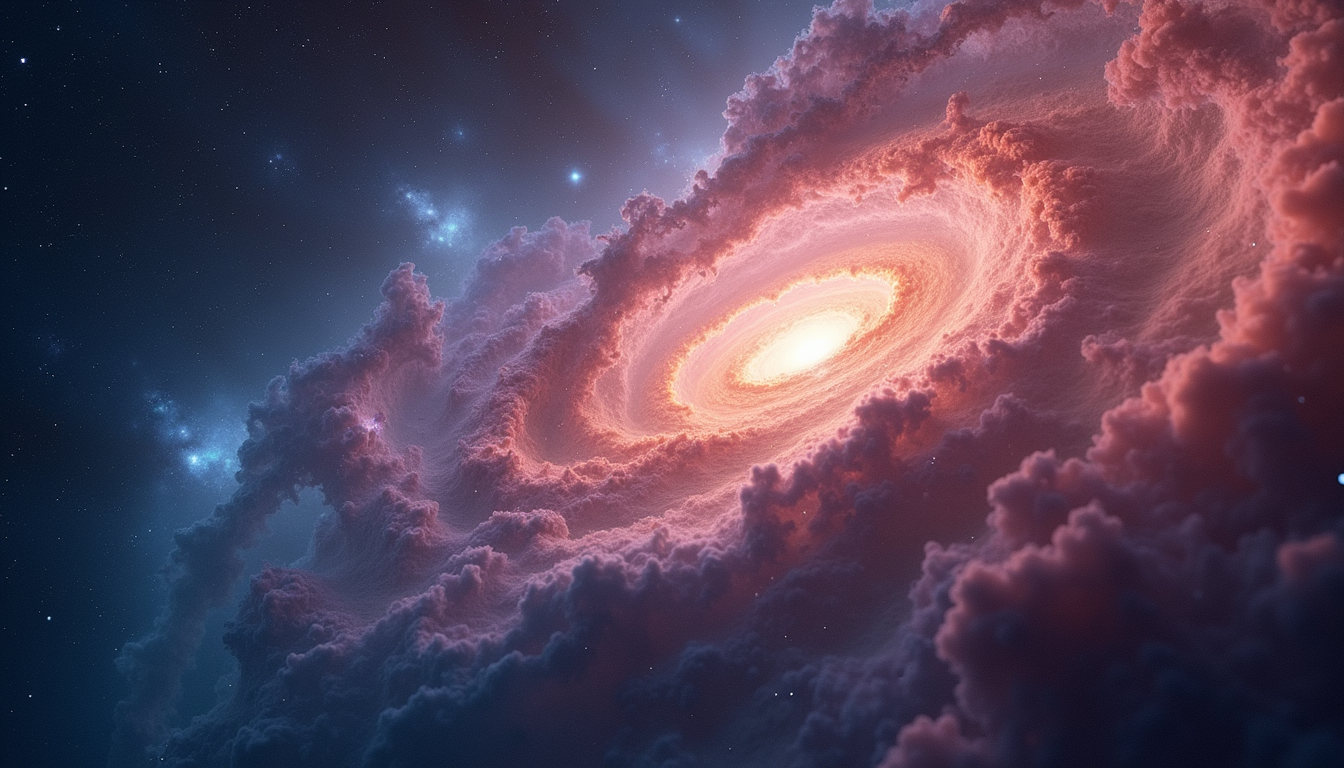The universe is an expansive and intriguing place, filled with an estimated two trillion galaxies, each showcasing unique traits and behaviors. Recent research has revealed that galaxies can propel matter into space with a turbulence that far exceeds previous scientific guesses. This groundbreaking insight into cosmic violence challenges long-standing theories and opens up exciting opportunities for exploration in astrophysics.
In this blog post, we will explore the findings that have transformed our understanding of galactic interactions. We will highlight their implications and dive into what these discoveries mean for our grasp of the universe.
The Nature of Galactic Matter Ejection
Galaxies are dynamic systems that are always in flux. One of the most fascinating aspects of their evolution is the process of matter ejection. Previously, scientists believed that galaxies expelled matter relatively gently, primarily through stellar winds and supernova explosions. However, findings from recent studies indicate this is not the whole story.
For example, researchers have found that during galaxy mergers—events where two galaxies collide and interact gravitationally—large amounts of gas and dust can be ejected at astonishing speeds. In some cases, ejections have been recorded at velocities exceeding 1,000 kilometers per second. This intense energy released during collisions propels matter farther into the intergalactic medium than previously anticipated.
Understanding this violent ejection process changes our view of galaxy formation and evolution. The processes that govern these massive cosmic structures are far more intricate than earlier models suggested.
The Role of Supermassive Black Holes
At the core of many galaxies lies a supermassive black hole, exerting a significant influence on its surroundings. Rather than being passive, these black holes are crucial players in the dynamics of their host galaxies. When matter falls into a supermassive black hole, it generates extensive energy, manifesting as radiation and high-velocity jets.
Recent studies indicate that these jets can push matter away from the galaxy at speeds of up to 10,000 kilometers per hour. This phenomenon—known as "feedback"—regulates star formation and impacts the evolution of galaxies. In fact, research shows that violent ejections can reduce the amount of gas available for new star formation, heating it up and preventing it from condensing into stars.
Understanding the interplay between supermassive black holes and their host galaxies is vital for unraveling the complexities of cosmic evolution. The recognition of the violent nature of matter ejection adds a new dimension to this relationship, underscoring the importance of these black holes in shaping the universe.
Observational Evidence
The shift in our understanding of galactic matter ejection is backed by a wealth of observational evidence. Advanced telescopes and instruments have enabled astronomers to capture high-resolution images and spectra, revealing intricate details of galactic behavior.
For instance, observations of active galactic nuclei—regions surrounding supermassive black holes—have shown powerful gas outflows extending for hundreds of thousands of light-years. During these active phases, the energy released creates shock waves that further accelerate the expelled material. In some cases, these outflows can blow away 50% of the galaxy's interstellar medium.
Moreover, simulations of galaxy interactions help illuminate the mechanisms driving these violent ejections. By modeling the gravitational forces during galaxy mergers, scientists can comprehensively understand how matter is expelled and its impact on galaxy development.
Implications for Cosmic Evolution
The revelation of galaxies expelling matter more violently than previously believed has significant consequences for our understanding of cosmic evolution. One crucial impact is on the intergalactic medium. Ejected material contributes to the universe's overall composition, influencing the distribution of elements and the formation of new cosmic structures. This ejection process can also affect the growth of galaxy clusters, which are essential components of the large-scale structure of the universe.
Furthermore, understanding how galaxies expel material can yield insights into the lifecycle of stars and the conditions required for their formation. As ongoing research continues to explore the dynamics of galaxies, the violent nature of matter ejection will remain a focal point.
The discovery that galaxies can unleash matter with unprecedented force has reshaped our understanding of cosmic dynamics. This revelation challenges accepted beliefs about the gentle nature of galactic matter ejection, revealing complex interactions that significantly influence the universe's evolution.
As we delve deeper into the mysteries of galaxies, the interactions between supermassive black holes, the observational evidence supporting these findings, and the broader implications for cosmic evolution are essential areas of focus. The universe is a constantly changing tapestry, and our comprehension of it is perpetually evolving.
Studying galaxies and their energetic behavior not only enriches our knowledge of the cosmos but also inspires future generations of astronomers and astrophysicists to explore the depths of space. As we gaze up at the stars, we remain in awe of the beauty and complexity of the universe we inhabit.





